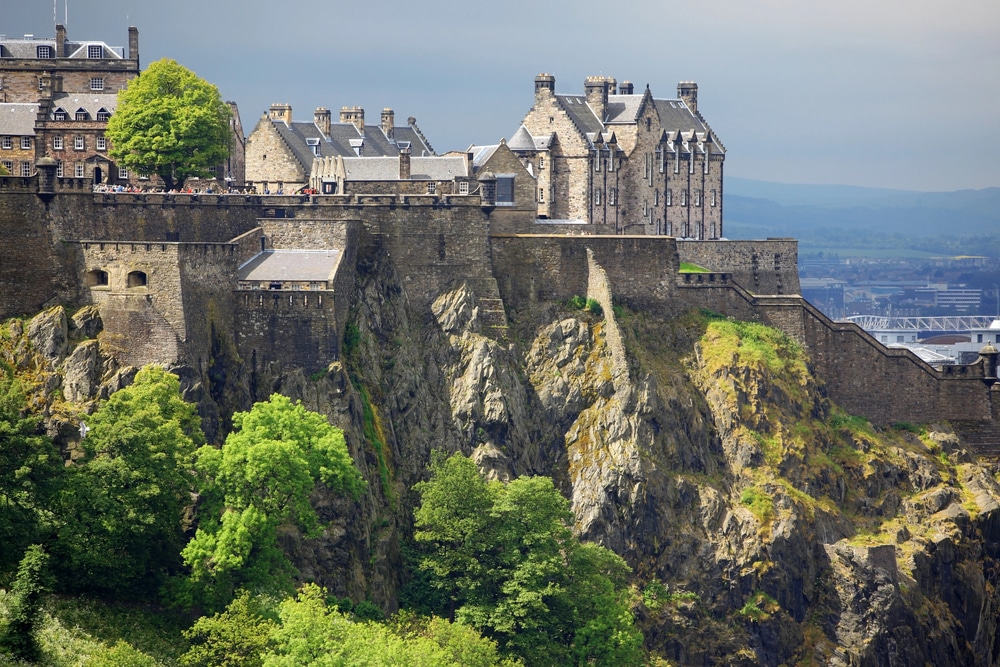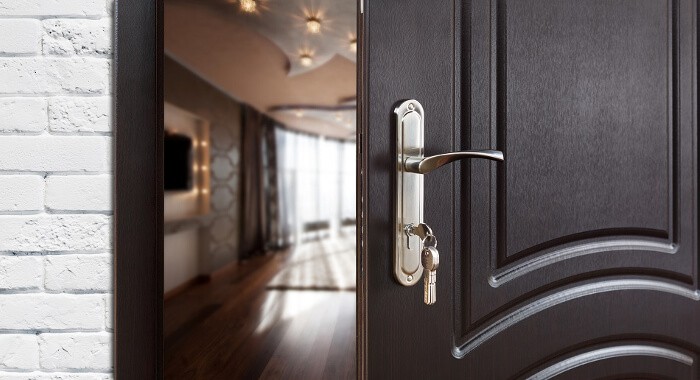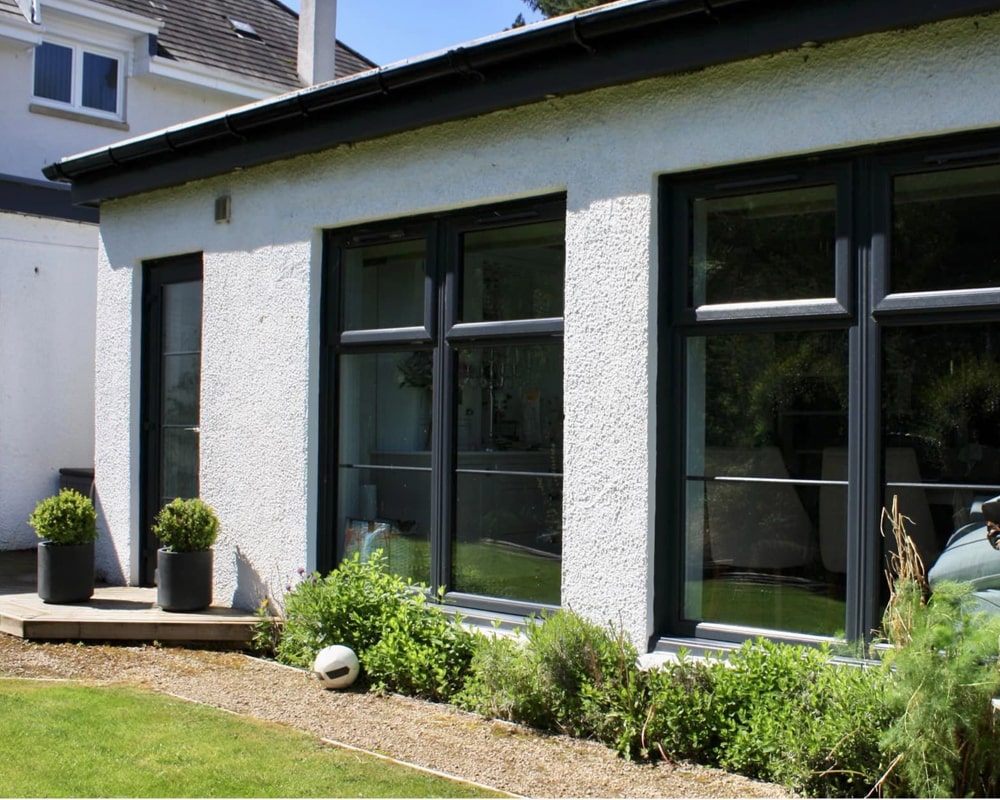Conservation areas are areas that have been determined to have a special architectural or historic interest and require additional rules regarding building work to protect them.

As one of the most historical cities in the UK, it is no surprise that Edinburgh is home to a large number of conservation areas, implemented by the council to protect the built heritage of Scotland’s capital.
To protect such areas from the damaging impact of over development, a complex planning application process exists within these areas of special interest.
Whilst Edinburgh’s residents understand the importance of protecting the incredible city in which they live, the rules can become a bit tedious, especially when it comes to basic energy efficiency upgrades such as double glazing installation.
As one of the leading installers of Edinburgh double glazing, we understand this as much as anyone and have put together this guide to help those who live and work in Edinburgh know everything they could possibly need to about Edinburgh conservation areas.
What are the Edinburgh conservation areas?
The current Edinburgh conservation areas are: Newhaven, Trinity, West End, Merchiston and Greenhill, Shandon, Waverley Park, Corstorphine, Craiglockhart Hills, Barnton Avenue, Coltbridge and Wester Coates, Blacket, Grange, South Side, Old Town, Victoria Park, Gilmerton, Morningside, Swanston, New Town, West Murrayfield, Duddingston, Dean, Craigmillar Park, Colinton, Morton Mains, Juniper Green, Thistle Foundation, Balerno, Currie, Kirkliston, Ratho, Queensferry, Dalmeny, Hermiston, Cramond, Marchmont, Meadows & Bruntsfield, Plewlands, Abbeyhill Colonies, Dalry Colonies, Hawthornbank (North Fort Street) Colonies, Lochend (Restalrig Park) Colonies, Shaw’s Place (Pilrig) Colonies, Rosebank Colonies, Slateford (Flowers), Inverleith, Stockbridge Colonies, Leith, Pilrig, Restalrig, Portobello.
A full interactive map of the exact borders of these areas can be found on the City of Edinburgh council website via ordnance survey basemaps. Boundary changes, further information on landmarks in Edinburgh in these zones, and extra rules can also be found here.
How are Edinburgh conservation areas decided?
Conservation area character appraisals are used by Edinburgh City Council to determine if an area should become a conservation area.
They help to determine the essential components of Edinburgh’s conservation areas and assist the local planning authority in making planning decisions.
They also define the essential features of each conservation area that make them special in terms of architectural or historic interest and worthy of additional protection.
The entire directory of character appraisals for each conservation area are open to the public and available on the council website.
How may conservation areas are in Edinburgh?
There are an impressive 50 different conservation areas in Edinburgh with restrictions in place over the building work that can be carried out.
Planning permission will be required for much of the work carried out in these places especially for listed building double glazing installation.
This is exacerbated by the fact that many properties in conservation areas are also listed buildings and will require listed building consent before any proposed development can take place, even if it is something as seemingly straightforward as Edinburgh double glazing installation.
What does conservation area status mean?
If an Edinburgh property is located in a conservation area, there are a number of rules that must be followed.
Loss of permitted development rights
The standard permitted development right all property owners have to make changes that are not enlargements is removed and permission must be sought for all changes.
Attention must be paid to special architectural or historic interest
The character and appearance of the area must be considered when planning permission is considered. Applications will usually be made public and available for comment from locals.
Building demolition requires consent
Non-listed buildings within conservation areas require conservation area consent before they can be demolished.
Window alteration restrictions
Council policy will control building work of all kinds including window alterations.
Listed building double glazing installation is a particularly significant topic in Edinburgh as residents look to make energy efficiency upgrades without violating the rule of their Edinburgh conservation area or listed building status.
Tree preservation orders (TPO)
All trees in conservation areas are protected under the Town and Country Planning (Scotland) act 1997. Felling, lopping, and uprooting of trees must be approved and six weeks notice must be given to the planning committee. Failure to do so holds the same penalties as failing to abide by a tree preservation order.












